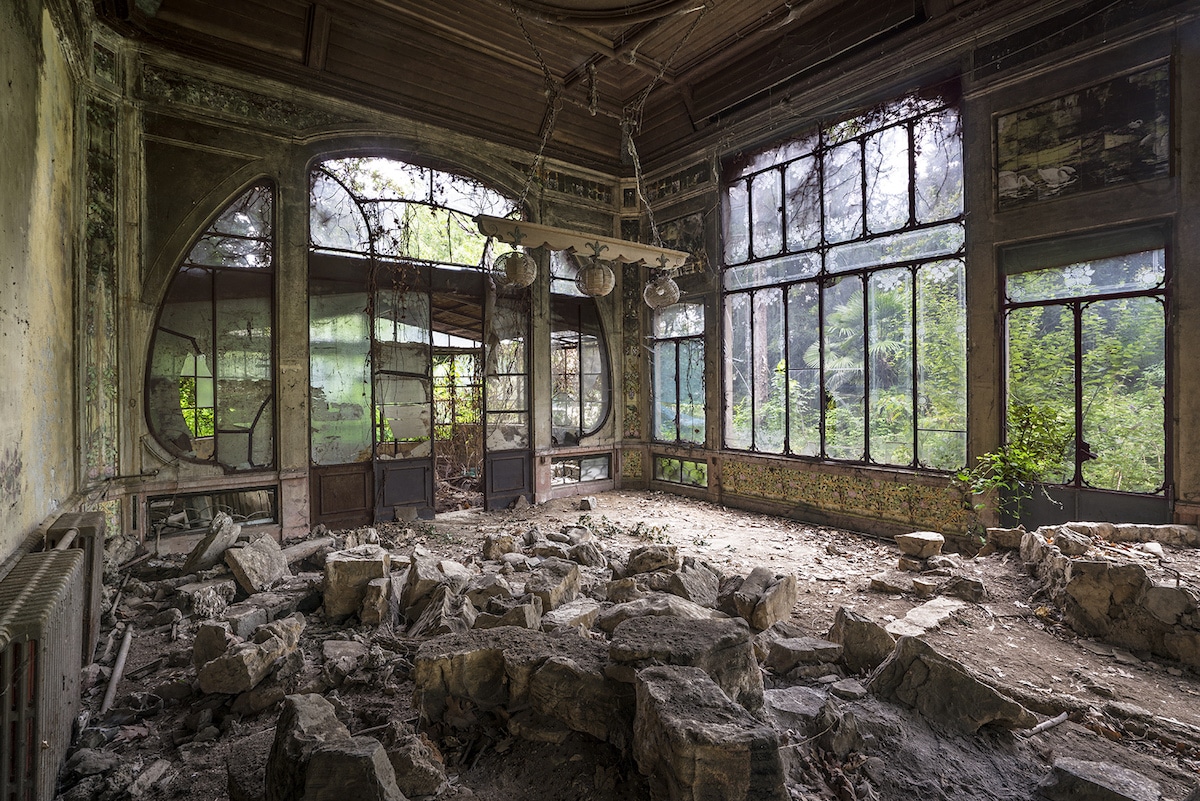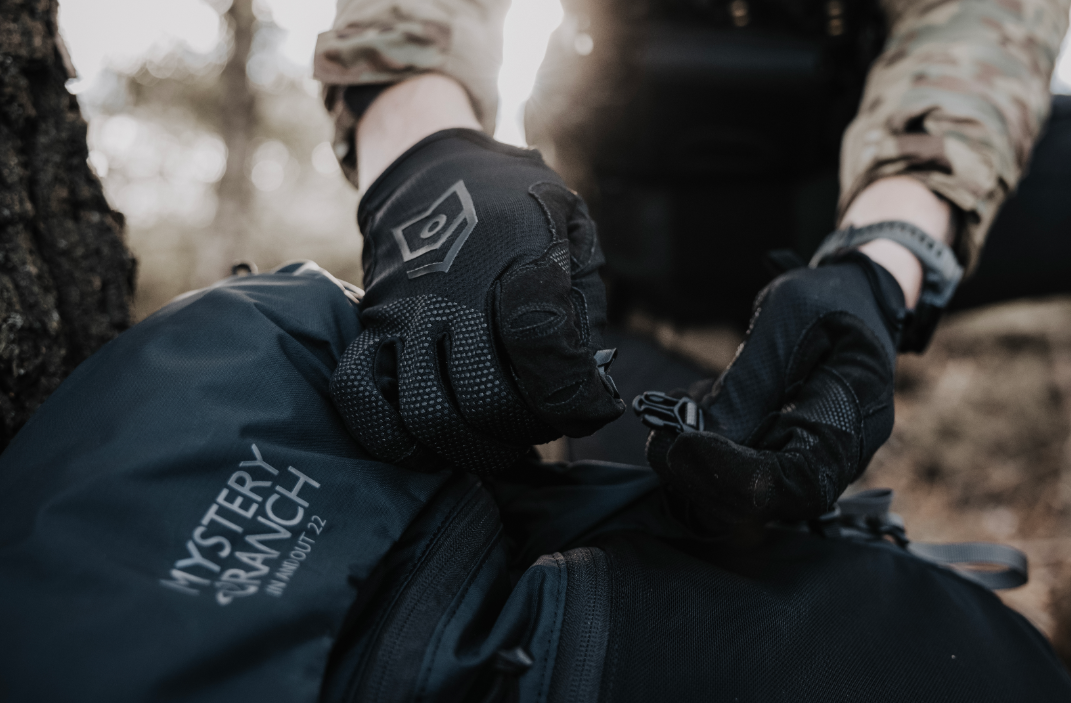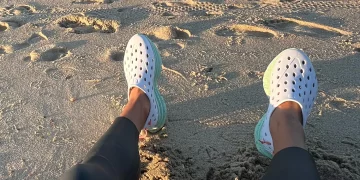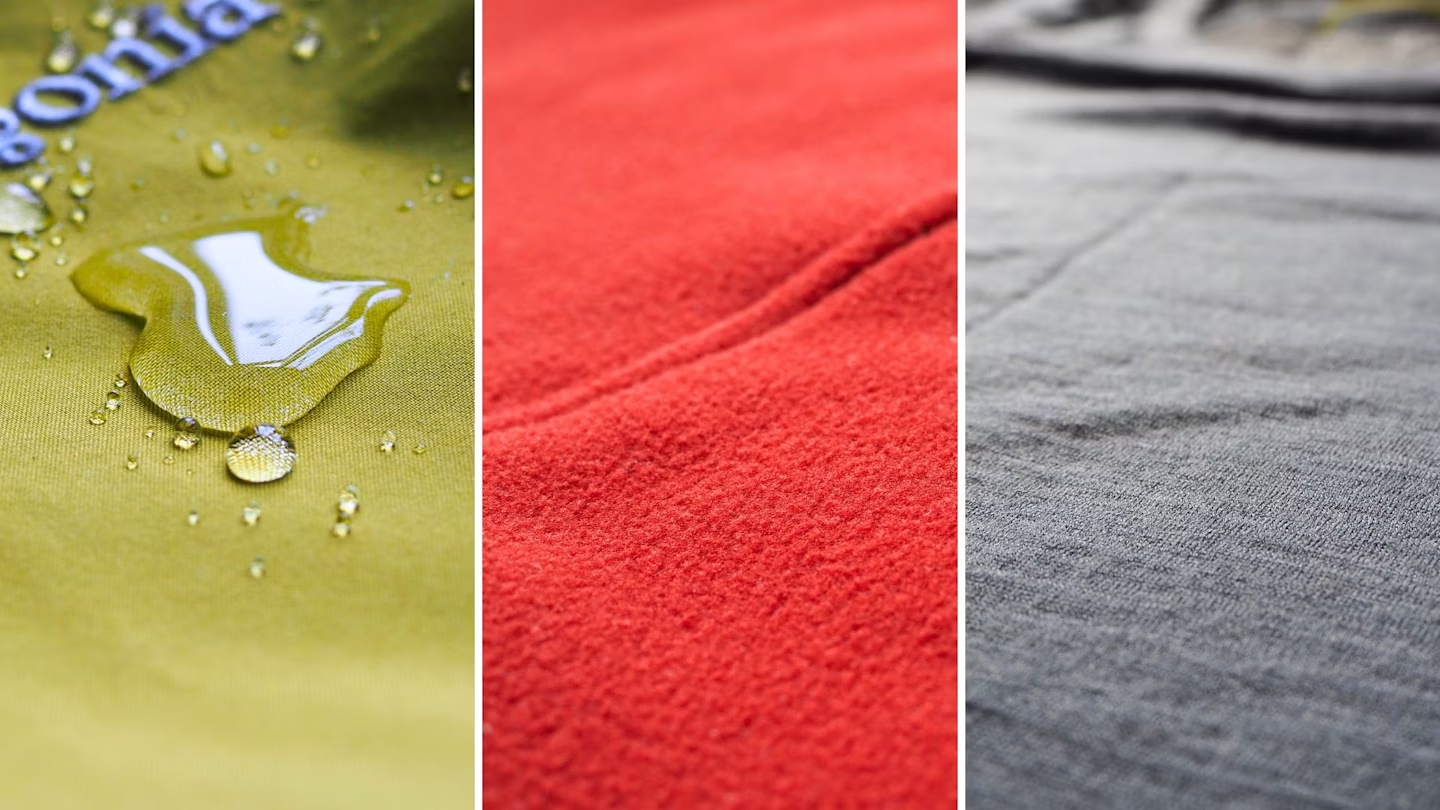Urban exploration (often abbreviated as urbex) has become a popular and thrilling hobby for many adventure-seekers, allowing individuals to explore forgotten and decaying places in the urban landscape—abandoned factories, forgotten subway stations, crumbling hospitals, and forgotten rooftops, to name a few. The allure of exploring these spaces is a mixture of history, mystery, and the thrill of venturing where most people would never dare to go.
However, urban exploration is not without risks. From unstable floors and hazardous materials to trespassing issues and poor visibility in dark, confined spaces, explorers must be well-prepared. The key to safe and enjoyable urbex lies in having the right gear. In this guide, we’ll walk you through essential items for any urban explorer’s kit, from protective clothing to the best tools for capturing the adventure on film. Whether you’re a beginner or a seasoned pro, this comprehensive gear guide will ensure you’re always ready for the next exploration.
1. The Essentials: What You Can’t Skip
Before diving into specific gear, let’s first outline the essential items every urban explorer needs. These items serve as your foundation, ensuring safety, comfort, and functionality.
1.1. Durable Clothing and Footwear
Urban exploration can be gritty, so it’s essential to dress for the environment. You’ll likely encounter dirt, grime, broken glass, and potentially sharp or rusted metal, so durable clothing is a must.
- Protective Pants: Opt for rugged, durable pants, like tactical pants made of rip-resistant fabric. These will protect your legs from cuts and scrapes, especially when navigating through tight spaces or crawling.
- Layered Top: A moisture-wicking and long-sleeve shirt will keep you comfortable, protect you from debris, and reduce the risk of cuts or scrapes.
- Heavy-Duty Footwear: Sturdy, waterproof boots are crucial. Look for a pair with reinforced soles and good traction to handle slippery or uneven terrain. Brands like Dr. Martens or Timberland Pro are great options, offering both style and substance.
1.2. Headlamp & Backup Flashlight
Dark and often dimly lit spaces are the norm in urban exploration. A headlamp is the most practical light source because it frees up your hands for navigating and photographing. Look for one with adjustable brightness settings and a long battery life. Always bring a backup flashlight, as batteries can die unexpectedly, especially in cold, damp environments.
- Tip: Some headlamps come with red or blue light modes that help preserve your night vision. This can be particularly useful when navigating long-forgotten places.
1.3. Gloves
Protecting your hands is crucial during urban exploration. You will often encounter jagged metal, broken glass, and rusted pipes that can easily cause injury. Choose a pair of durable gloves that provide good grip and tactile sensitivity.
- Recommendation: Mechanix Wear gloves or similar tactical gloves are a popular choice, providing both dexterity and protection.

2. The Protection Gear: Safety First
Urban exploration is about uncovering hidden treasures, but it’s also about safeguarding yourself from potential hazards.
2.1. Respirator or Dust Mask
Many abandoned places have accumulated dust, mold, and potentially hazardous fumes. A good respirator can protect your lungs from inhaling toxic substances like asbestos, mold spores, and other particulates. For general urban exploration, a N95 mask should suffice, but for more extreme conditions (e.g., sites with known contaminants), you might want to opt for a full-face respirator with filters.
2.2. Knee Pads and Elbow Pads
Urban explorers often need to crouch, crawl, or squeeze into tight spaces. Knee pads and elbow pads can save you from painful scrapes or more severe injuries. They’re especially important if you plan on exploring long-forgotten basements, tunnels, or areas with debris on the floor.
2.3. First Aid Kit
A first aid kit should be part of every explorer’s basic kit. In urban exploration, you’ll need supplies for cuts, scrapes, sprains, or more serious injuries. A standard kit should include antiseptic wipes, bandages, gauze, adhesive tape, tweezers (for splinters or glass), and a splint.
2.4. Multitool or Pocket Knife
An essential in any adventurer’s gear, a multitool or knife can serve many purposes. Whether you need to cut through rope, pry open a door, or perform emergency repairs on equipment, a quality multitool is indispensable.
- Recommended Brands: Leatherman or Victorinox offer excellent multitools with a variety of functions, and are compact enough to carry on your belt or pack.
3. Exploration Tools: The Fun Stuff
While safety and protection are top priorities, the tools you use to document your journey or enhance your exploration are just as important. Here’s a look at the gear that will make your urbex experience more enjoyable.
3.1. Camera Gear
One of the main draws of urban exploration is the opportunity to capture haunting, forgotten spaces. Whether you’re a professional photographer or an enthusiastic hobbyist, your camera gear should be lightweight and durable.
- Camera: A DSLR or mirrorless camera with a wide-angle lens will give you the flexibility to capture expansive, eerie shots in low light. The Sony Alpha series or Canon EOS series are both excellent choices.
- Tripod: A sturdy, portable tripod is essential for shooting in low light, especially when you need longer exposure times. A compact and foldable tripod is ideal for urbex adventures.
- Waterproof Bag: If you’re exploring places with moisture or risk of rain, invest in a waterproof camera bag to keep your gear safe.
3.2. Drones
For a truly spectacular view, a drone can capture unique angles of urban environments. Whether you’re photographing a rooftop or capturing the vastness of a decaying factory, drones provide an aerial perspective that’s impossible to achieve on foot.
- Recommended Drone: The DJI Mavic Air 2 is a popular choice among urban explorers for its portability, high-quality camera, and reliable flight time.
3.3. Compass and Map
While it’s easy to get caught up in the moment and forget about orientation, it’s always a good idea to bring a compass or a reliable map of the area you’re exploring. Urban exploration often leads you into spaces where GPS signals are weak or nonexistent, so having a physical map and compass will help you navigate the environment safely.
3.4. Rope and Climbing Gear
If you’re venturing into areas that require a bit of climbing, whether it’s scaling a wall or ascending into an abandoned building, climbing gear such as a rope, carabiners, and harnesses may be necessary. This is especially true when exploring high-rise structures, old silos, or other elevated locations.
4. Survival Gear: Ready for Anything

In extreme cases, urban exploration can take you into isolated or dangerous environments where survival gear could make a difference.
4.1. Water and Snacks
Stay hydrated, and bring lightweight, non-perishable snacks such as energy bars or trail mix. You never know how long your exploration will take, and it’s crucial to have the energy and hydration to keep you going.
4.2. Portable Power Bank
Most urban explorers rely heavily on their smartphones or cameras. A portable power bank is essential to ensure you don’t run out of battery while navigating or documenting your journey.
4.3. Whistle or Signal Device
In case of an emergency, a whistle or signal device can alert others to your location. Some explorers even recommend carrying a small personal locator beacon (PLB), especially if venturing into more remote or hazardous locations.
5. The Right Attitude: Urban Exploration Etiquette
Urban exploration isn’t just about the gear—it’s also about the mindset. Respecting the places you explore is vital for ensuring that these spaces remain accessible for future explorers.
- Don’t Vandalize: Never spray paint, break windows, or damage anything in the places you explore. Leave no trace.
- Respect Local Laws: Many places you’ll explore are on private property, and trespassing is illegal. Always check local laws and be prepared to face legal consequences if necessary.
- Explore with a Friend: It’s always safer to explore with a partner. Not only can they assist in case of an injury or emergency, but urban exploration is often more fun when shared.
6. Conclusion: Gear Up and Go Explore
Urban exploration can be a thrilling and unforgettable experience, but it comes with its fair share of challenges. By equipping yourself with the right gear, you’re not only ensuring your safety but also enhancing your overall exploration experience. Always prioritize safety, protect yourself and your equipment, and respect the places you visit.
Whether you’re venturing into an abandoned mall, climbing a forgotten skyscraper, or venturing into underground tunnels, the right gear will make all the difference. With the gear list above, you’ll be prepared for whatever challenges the urban landscape throws your way.























